Partners
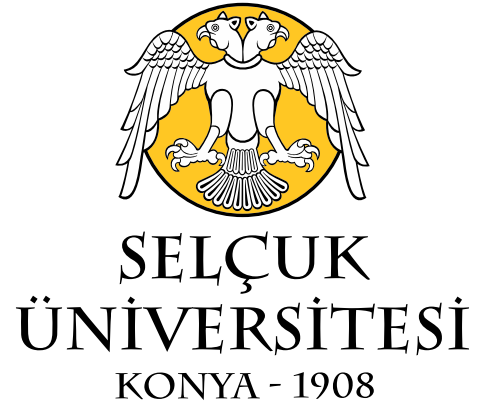
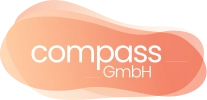
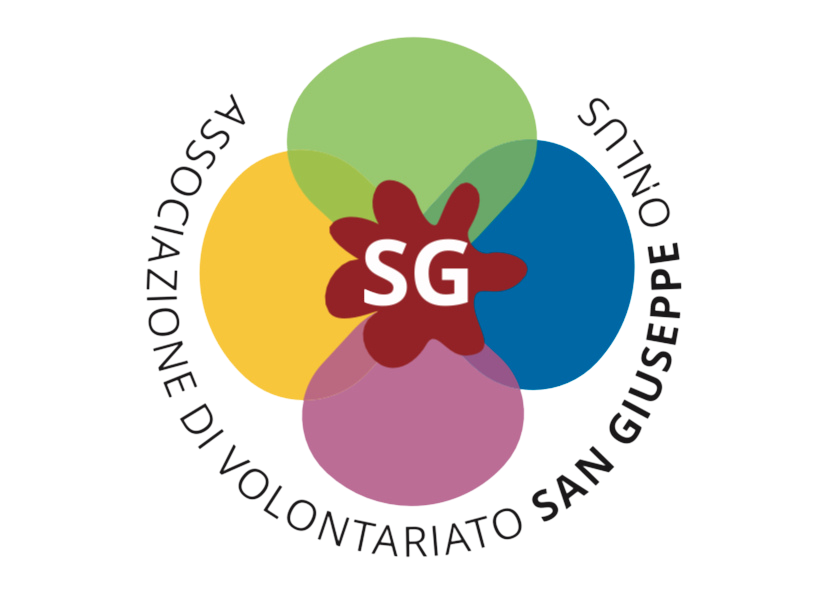
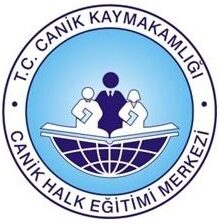
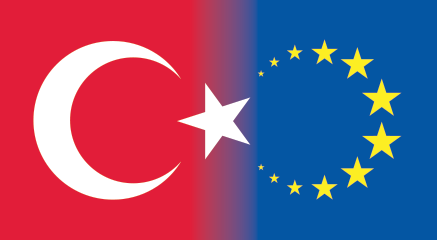
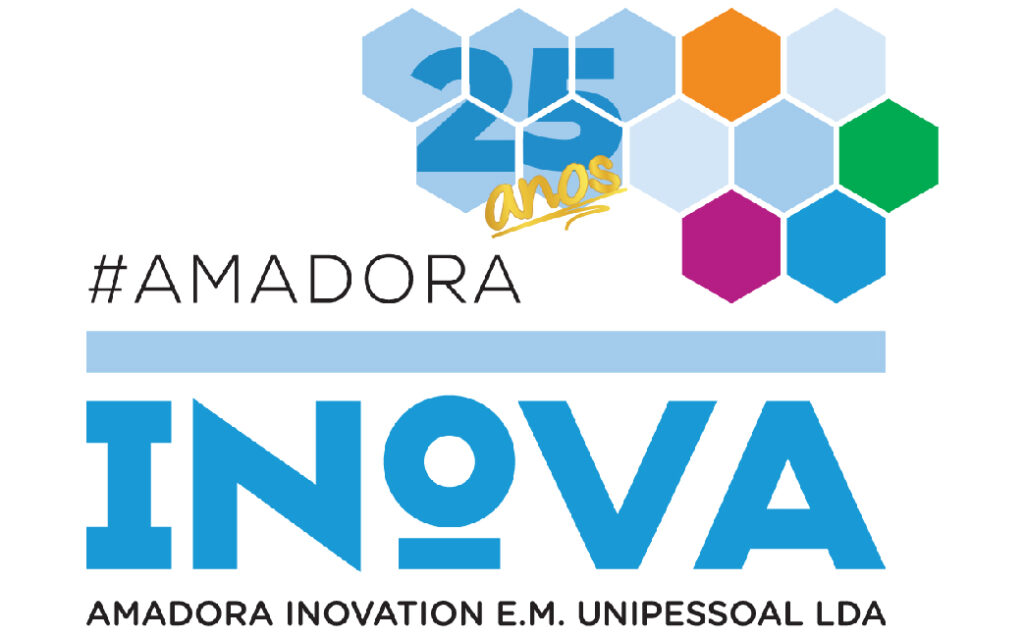
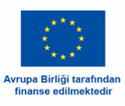

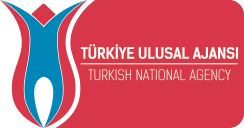

Throughout our history, great importance has been given to the education system. Indeed, one of the primary courses in madrasas, which formed the backbone of this system, was fiqh, namely law. Specialization was common in madrasas. For instance, Inceminareli Madrasa, one of many madrasas in Konya, was established as a dar al-hadith and hadith studies were conducted there. In the Muslihiyye Madrasa, also known as Sircali Madrasa, fiqh education was predominant. In the late Ottoman period, particularly during the reign of Sultan Abdulhamid II, schools began to be opened for vocational education.
Until 1907, there was only one law school operating in Istanbul, Turkey. However, due to this school’s inability to meet the needs, a petition containing reasons such as the necessity to train interrogating judges and judges, and Istanbul’s law school’s inability to meet demands, was submitted to the Sublime Porte by prominent figures of the period. Upon acceptance of the petition, it was decided to open new law schools in Thessaloniki, Baghdad, and Konya. On September 10, 1907, a directive was sent to these three provinces, which would later form the foundation of our University’s Faculty of Law, instructing the establishment of schools providing legal education. Within this framework, as the first phase of planning to establish a university in Konya, the Konya Law School was established on Saturday, March 1, 1908, in a large mansion known as Celebi Mansion, located near the Mevlana dervish lodge in Sedirler District, close to today’s Koyunoglu Museum. In this context, Konya Law School was the first higher education institution established in Anatolia during the Darulfunun period. The school had a four-year education period and only high school graduates could enroll. Operating in Konya for 11 years and producing 134 graduates during its operation, the School was essentially opened as the first phase of establishing a fully-fledged university in Konya but had to close its doors on March 15, 1919, due to difficulties experienced during and after World War I. Today, our University, aiming to contribute to society and humanity by training qualified individuals, has begun to revive quickly on these solid foundations that existed in its past.
In 1955, during the Republican period, the issue of opening a university in Konya was brought to the agenda again with a draft law prepared in the Turkish Grand National Assembly, but this draft, signed by more than half of the deputies, unfortunately could not pass the National Education Commission. The first serious step towards having a university was taken with the opening of Selcuk Education Institute and Higher Islamic Institute in 1962, affiliated with the Ministry of National Education. To strengthen and develop this first step, the University Establishment and Maintenance Association was established in Konya in 1968, and as a result of outstanding efforts, the School of Engineering and Architecture was established, which formed the nucleus of our Engineering and Architecture faculties. This school, which started serving in the 1970-1971 Academic Year in a building belonging to the Child Protection Agency (next to Gazi High School) through the efforts of the University Establishment and Maintenance Association despite having no building, classroom, personnel, or budget, received the title of Konya State Academy of Architecture and Engineering based on Article 9 of Law No. 1418 dated July 5, 1971. The transition process from these three schools, which constituted the preparation phase for the university’s establishment, to a more effective university took place in 1975. With “Law No. 1873 on the Establishment of 4 Universities” that came into effect on April 11, 1975, the establishment of four universities in our country was envisaged, and Selcuk University was established based on this law. In the 1976-1977 Academic Year, it started operating with 2 faculties, namely the Faculty of Science and Faculty of Letters, 7 departments, 327 students, and 2 tenured faculty members.
1982 became the breakthrough year for Selcuk University. With the Decree Law No. 41 dated July 20, 1982, it was initially decided to merge the Faculty of Science and Faculty of Letters, which formed the university’s core, into the Faculty of Science and Letters. Subsequently, Selcuk Higher Teacher School was transformed into the Faculty of Education; Konya State Engineering-Architecture Academy into the Faculty of Engineering-Architecture; and Konya Higher Islamic Institute into the Faculty of Theology. Additionally, the Faculties of Law, Medicine, Agriculture, and Veterinary Medicine, along with the Institutes of Health, Science, and Social Sciences were established; the School of Foreign Languages was abolished and transformed into Konya Vocational School. In Nigde, Nigde Vocational School was established, and the Girls’ Art Higher Teacher School was transformed into the Girls’ Art Education School; Nigde Education Institute was transformed into the School of Education. Thus, with Decree Law No. 41, Selcuk University suddenly reached the level of 8 faculties, 4 schools, and 3 institutes.
By the end of the 2000s, Selcuk University, which experienced rapid growth in scientific, physical, social, cultural, and sports fields, increased its number of faculties to 24 as of 2011. However, in December 2011, by Cabinet decision and approval of then-President Mr. Abdullah Gul, Meram Medical Faculty, Ahmet Kelesoglu Faculty of Education, and Faculty of Theology located in Selcuk University’s Meram campuses were transferred to the second state university in Konya. With the Cabinet decision published in the Official Gazette dated April 26, 2013, Seydisehir Ahmet Cengiz Faculty of Engineering, Seydisehir Vocational School, Seydisehir Health Services Vocational School, Eregli Faculty of Engineering and Natural Sciences, Eregli Faculty of Education, and Konya Eregli Kemal Akman Vocational School were also transferred to the same university. In 2018, with Article 7 of Law No. 7141 published in the Official Gazette, the Faculty of Engineering, Faculty of Architecture, and Technical Sciences Vocational School within our University were transferred to the third state university established in Konya.
Today, Selcuk University, with 23 faculties, 7 institutes, 5 schools, 1 conservatory, 23 vocational schools, 53 research centers, is among Turkey’s largest educational institutions with over 70,000 students and more than 7,000 personnel.

Compass GmbH
Your way to the top – Together for a better future
Compass GmbH is committed to facilitating the transition into society and the workforce for disadvantaged groups. Through innovative and intercultural approaches, we promote social integration and sustainably improve the quality of life of our participants.
A central component of our work is cooperation in transnational projects that support social inclusion, education and sustainable development.
Our goal
We want to offer disadvantaged groups orientation—a “compass” that helps them find their way into society. We use innovative intercultural approaches to facilitate social, professional, and socioeconomic integration. Education and training play a central role in this, as they are the key to sustainable participation.
We are convinced that integration and inclusion can only succeed if both those affected and society as a whole actively commit to them. Therefore, we not only want to empower our participants through the acquisition of new skills, but also promote awareness of the importance of diversity and intercultural exchange.
Since digital technologies have become an integral part of social and professional life, we are particularly committed to imparting digital skills and facilitating access to the digital world.
Our activities
In our international projects, we work with our partner organizations to develop innovative programs, instruments and services that
- promote the social inclusion of disadvantaged groups, especially migrants
- strengthen and further develop existing skills
- provide new qualifications to increase the employability of our target groups
- Building digital skills and enabling digital participation
- Promoting intercultural exchange between different communities
- Support young people through targeted educational and leisure activities
Our work is aimed at creating sustainable solutions that open up long-term perspectives and enable social participation.
Our strengths
Our team brings diverse experiences, perspectives and intercultural skills that enrich our work.
- Intercultural diversity – Our team has different linguistic and cultural backgrounds.
- International experience – We have carried out multicultural projects in various European countries.
- Practice-oriented know-how – Our knowledge is based on experience in NGOs, associations and social initiatives.
- In-depth knowledge in the areas of migration, integration & asylum – We actively work on solutions for a fairer society.
- Strongly networked – We cooperate with partner organizations in Austria and at the European level.
- Commitment to youth work – We develop and support specific educational and leisure activities for young people.
- Passion for international project work – We value the exchange, new experiences and shared learning that our work brings with it.
Together for an inclusive future!
We are committed to equal opportunities, integration, and social participation. Our programs and projects enable people to develop their potential and actively participate in society.

The San Giuseppe association was born 20 years ago to welcome seasonal migrants who arrived in Cerignola and the province. Over time, it took over a so-called “widespread hotel” to provide accommodation for workers and created a community for unaccompanied foreign minors. This community remained active until 2017. From experience with migrants and minors, the values of welcome, care for others, social, work and educational inclusion are born and strengthened. From 2018 to today, the SG, as an NGO, mainly carries out activities to promote people’s development in all its aspects and various fields. It deals with problems related to the needs of migrants, minors in difficulty, be they foreigners or Italians, women and – in particular – women with a migratory background. The objective that moves the mission of the SAN GIUSEPPE ASSOCIATION is to take care of disadvantaged groups of people, promoting solidarity, awareness, training and information.
San Giuseppe works mainly in four areas which are:
- education and training;
- female empowerment;
- migration, which includes Italians around the world, immigrants, refugees and asylum seekers;
- minors.
The association collaborates with the pastoral office “Migrantes” in the management and coordination activities of the “Migration Laboratory”, a space aimed at those who work in the world of immigration, professionals and those who want to study and deepen the issues related to this territory.
Examples of projects and areas of involvement of San Giuseppe are:
- School, education and social capital, with the aim of addressing school dropout phenomena, increasing assistance,
listening protection to students, families, teachers and NGOs. Projects implemented in this area are 2SMILE, INN2DIVERSITY and CO-HAPPINESS
- Entrepreneurship, employability and social economy, through orientation and job placement, professional levels, female empowerment, work autonomy. The project implemented in this area is EASE
- Migrants, inclusion and integration, through mentoring, empowerment, buddy system model. Projects implemented in this area are M4M – MIGRANTS FOR MIGRANTS, MUFOCOM, RISING. San Giuseppe ONLUS includes the president, 5 members and a group of volunteers.

Canik Public Education Center is a public institution that offers various courses to 100.000 people living the district to give them the chance to realize their potential and develop their skills within the scope of lifelong learning. Within the organization, there are 1 Director, 2 Deputy Directors, 23 Teachers, 1 Staff Instructor, 3 Assistant Workers, 2 Regular Workers and 186 Qualified Instructors. Its main mission is to become an exemplary and preferred non-formal education institution, developing itself according to the conditions of the age, offering good conditions and quality education opportunities that are easily accessible for everyone. The center is open to everyone from 7 to 70 and provides professionaltechnical and hobby courses for different interests and demands. In 2019-2020, it offered home care services training to
315 people, sport courses to 369 people, vocational courses to 2137 people, university preparations courses to 526 people, instrument courses to 126 people. People who are involved in the courses and trainings provided by Canik Public Education Center consist of disadvantaged groups from the district that means people with disabilities, people who suffer from social, economic, cultural obstacles and have low vocational skills and competences. Through courses and training aimed at people coming with different needs and expectations, centers serve to create an egalitarian and participative society. By attending these courses, people get the chance to have soft skills such as self-expression, self-reliance and receive content related to the course or training learning by doing. They received effective tools and approaches by trainers during courses and trainings to transfer these tools into their educational and professional life. The services provided by the center make contribution to target groups’ social and vocational life that enable them to be involved in educational and Professional opportunities in the local society and to follow further opportunities throughout their life. Our institution is the only Public Education Center of the Canik District. It has never implemented a project funded by European Commission under different programs such as Comenius, Erasmus + etc. but many local projects have been implemented by the centre successfully.

Amadora Inovation E.M. Unipessoal Lda. (Amadora INOVA) is a municipal company created in 2016 with legal personality, administrative and financial autonomy and its own assets and belonging exclusively to the municipality of Amadora with a mandate to develop, within the broader municipal strategy and based on strategic objectives: solutions for quality education designed to reduce school dropout and unsuccess; solutions to fight poverty and promote social inclusion; solution to promote equal opportunities; solutions for entrepreneurship promotion and support; solutions for sustainable and high value projects for the city through innovative approaches based on cooperation at a local, national and international level and aimed to specific areas of intervention. Inserted on the global municipal strategic for the sustainable development of Amadora, its activity is based on three pillars of intervention:
Support for Entrepreneurship and SME’S through a model for incubation and acceleration which is based on an Incubator with several spaces, and auditorium, meeting rooms, a restaurant (managed by a start-up), two industrial kitchens (also in use by start-ups) and, coordinated with the municipality, a service aimed to facilitate administrative and bureaucratic paperwork with the municipal and national services;
Support for education and learning as a resource of the school network and in partnership with a school cluster of Amadora aimed to cooperate with other schools and local and national authorities and focused on early school leavers and aimed at the reduction of school dropout and low attainment. The projects developed in this pillar are aimed for youngsters within 3 cycles of basic education in Portugal;
Support and personal care to senior citizens, which comprises, through a telephone and web municipal service, a specialised team that delivers for the older with economic difficulties support and assistance in home renewal. Amadora INOVA had had 29 paid workers by 2022.
.
